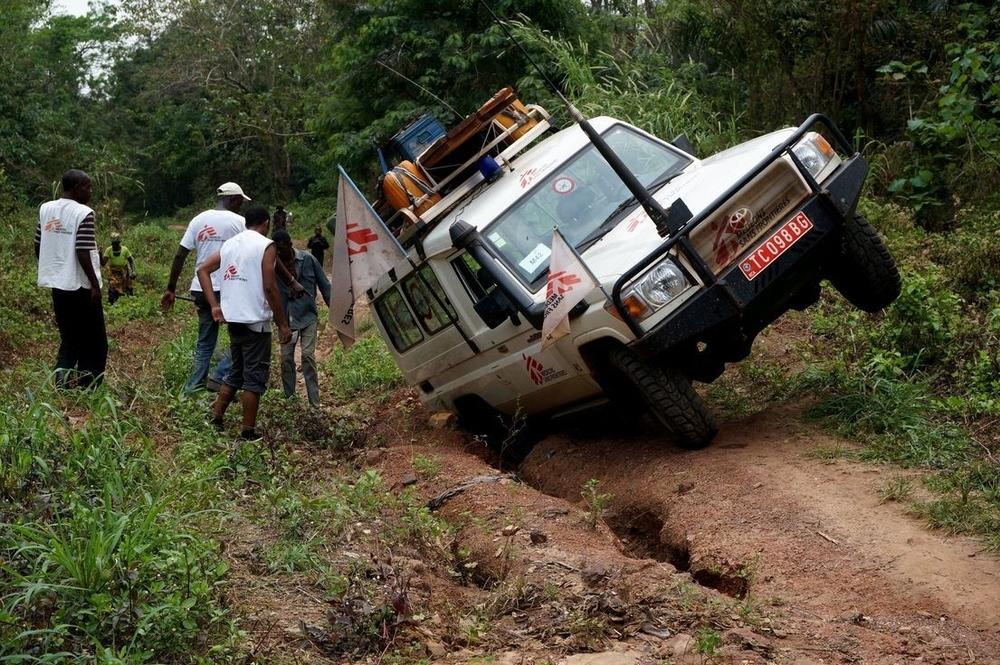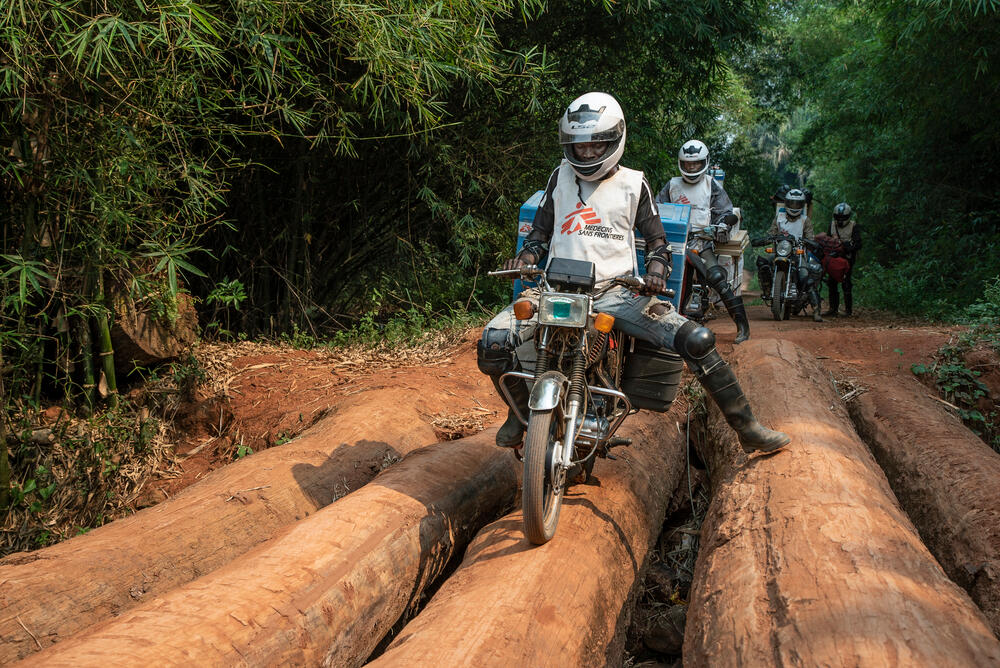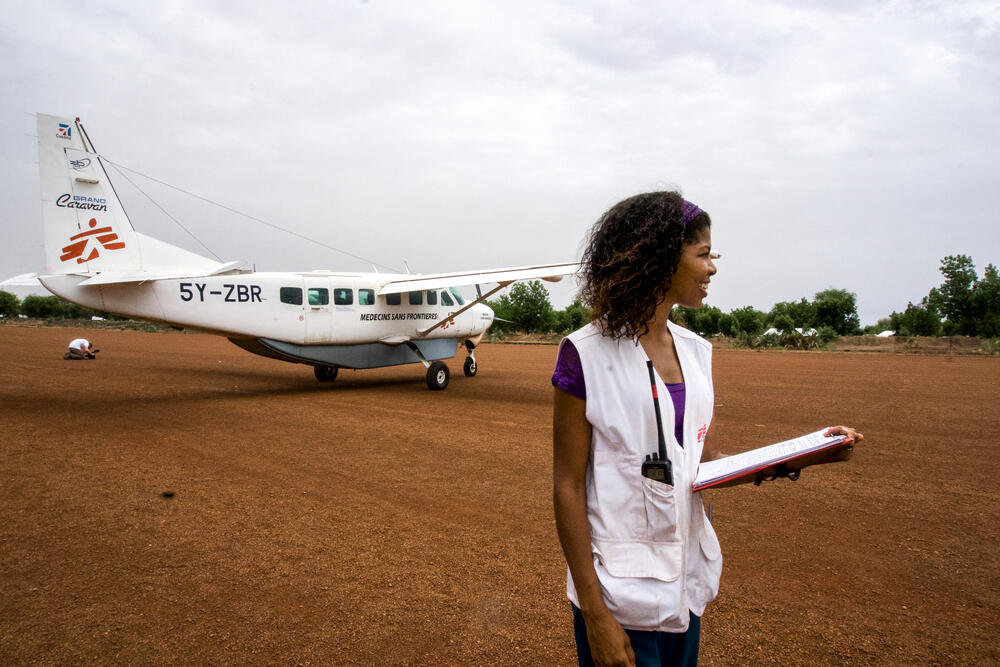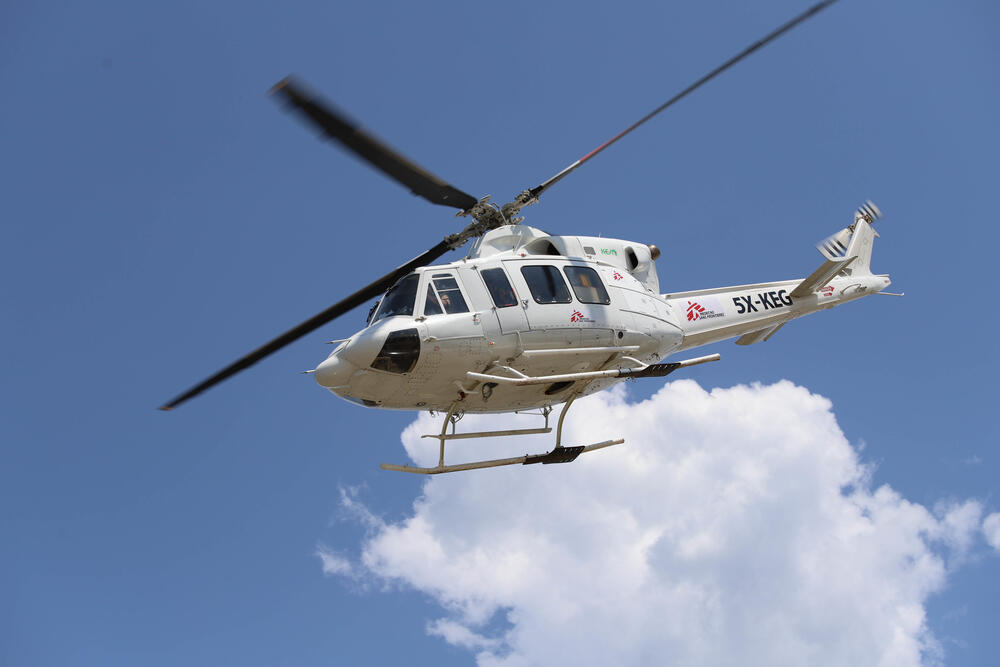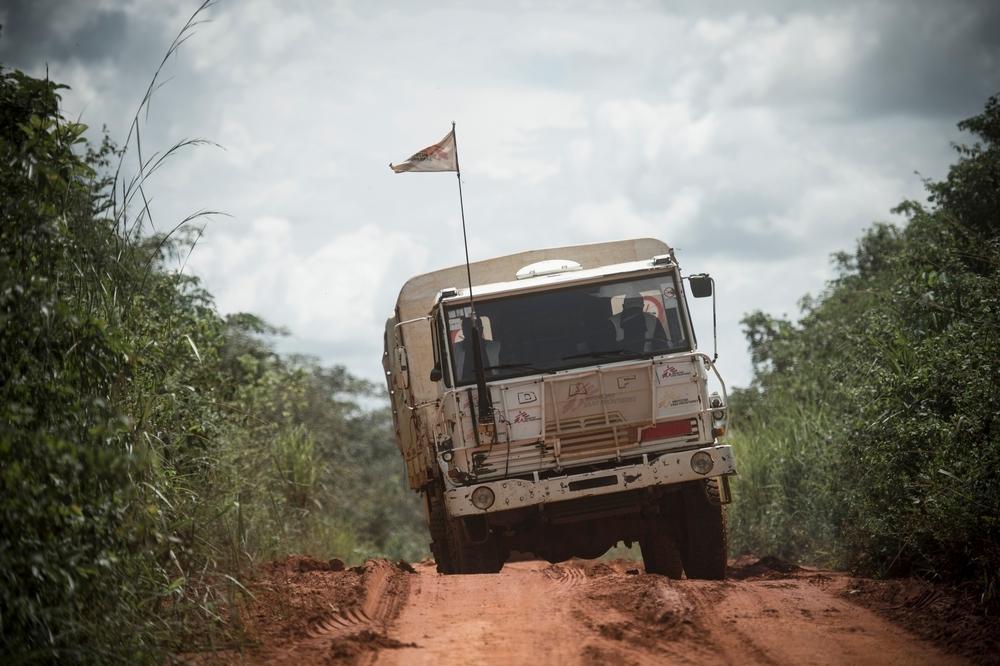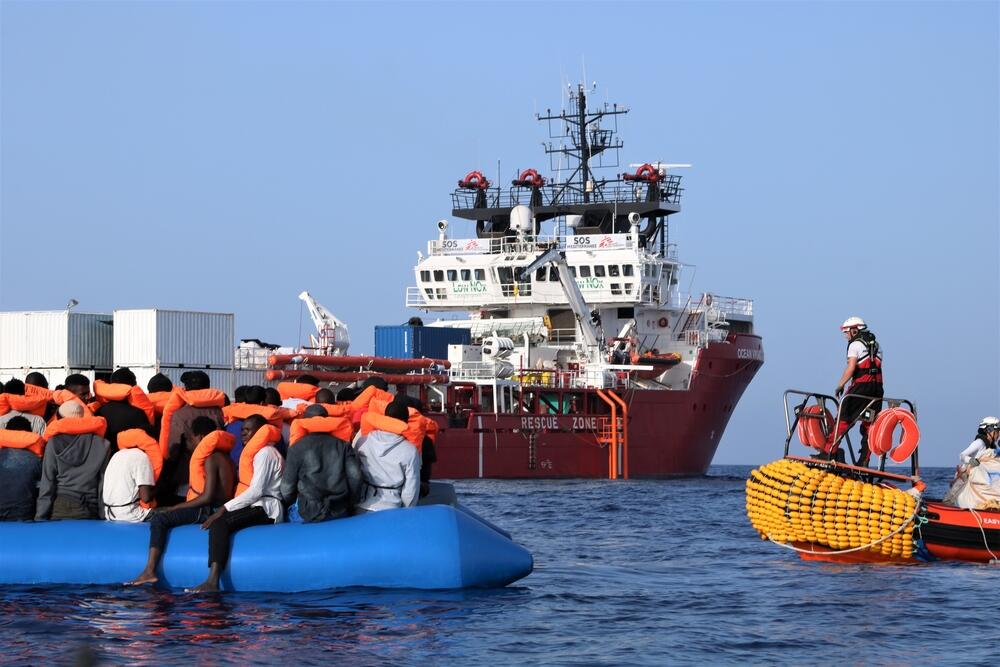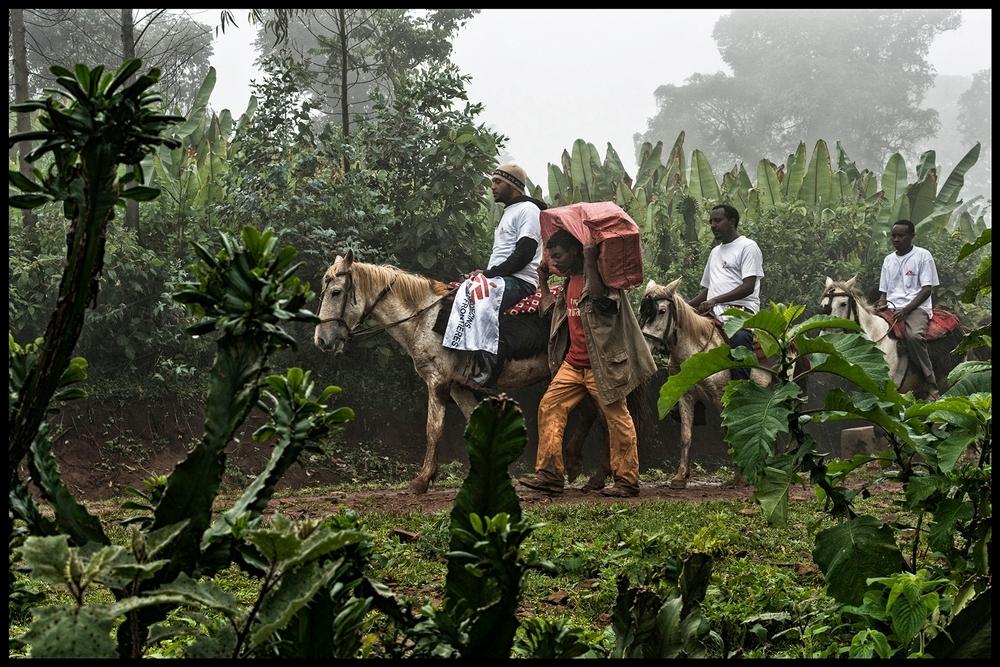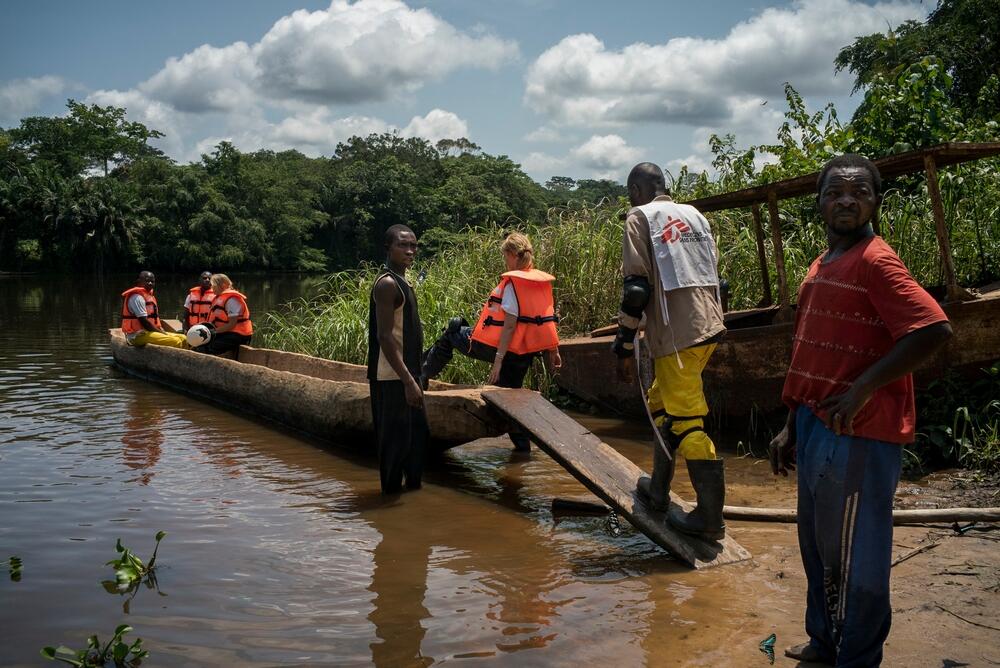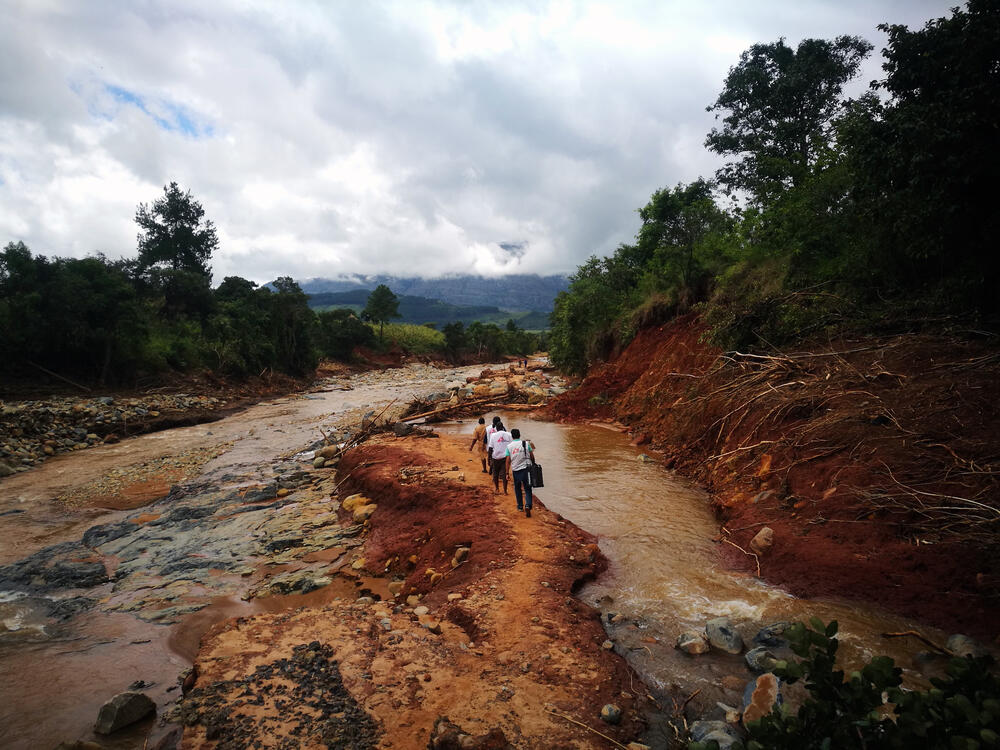Transport: MSF on the move
Every day – on land, on sea and in the air – MSF uses different modes of transport to ensure that supplies, equipment and medical staff are where they are needed.
It’s complex, challenging and often dangerous work, in some of the world’s most extreme and remote environments. Here's how we get around.
Land Cruiser
The iconic MSF Toyota Land Cruiser 70 series is the backbone of every MSF project.
Rugged and dependable, MSF operates more than 800 of these go-anywhere vehicles across the globe.
Many have been customised to function as top-of-the-range ambulances, while others are used to transport people, goods and equipment.
Motorbike
Some terrain is too tough, even for 4x4s.
In Democratic Republic of Congo (DRC), MSF runs mobile clinics by motorbike.
Known as the ‘bikers without borders’, these brave riders provide a lifeline to tens of thousands of people who would otherwise be deprived of healthcare.
DRC has fewer than one hospital bed per 1,000 inhabitants and fewer than two doctors per 10,000 people.
Plane
In the aftermath of a natural disaster or in the middle of a conflict, roads are often destroyed or dangerous.
We use cargo planes to quickly transport large quantities of medical supplies and aid to where they are needed.
We use light aircraft to help our teams reach the most remote communities, and to transfer patients to hospital.
Helicopter
The helicopter’s unique ability to take off and land vertically ensures they are often used by MSF to reach stranded communities in areas where runways are non-existent or have been destroyed by conflict or natural disasters, such as earthquakes.
Truck
As well as carrying goods, MSF uses converted trucks as mobile clinics and laboratories.
In Uganda and Zimbabwe, staff in MSF’s mobile HIV units are able to diagnose patients within 15 minutes and start them on treatment on the spot.
In a world where more than half the 35 million people with HIV are unaware they are carrying the virus, these mobile clinics help prevent people from getting sick, and reduce the chances of them infecting others.
Boats and ships
Boats and ships of all kinds are vital to the work that MSF does, whether rescuing refugees from the Mediterranean or delivering vital supplies such as shelter materials, hygiene kits, cooking utensils, blankets and mosquito nets to islands in the Philippines devastated by Typhoon Haiyan.
Horse and donkey
In areas such as the Sidama hills of Ethiopia and parts of Colombia, horses and donkeys provide the easiest way of travelling through difficult jungle terrain to reach isolated communities and people cut off from healthcare.
Canoe
In many parts of the world where MSF works, large inland rivers operate like modern highways and the canoe is comparable to the car.
These canoes range in style from fast and sleek motorised canoes to traditional wooden dugouts.
Foot
When the mountain is too high or the terrain too rough, or when there are no cars, trucks, boats or planes to hand, sometimes the only option is to go by foot.
Each year, MSF teams walk millions of miles to provide healthcare to people in desperate need.
